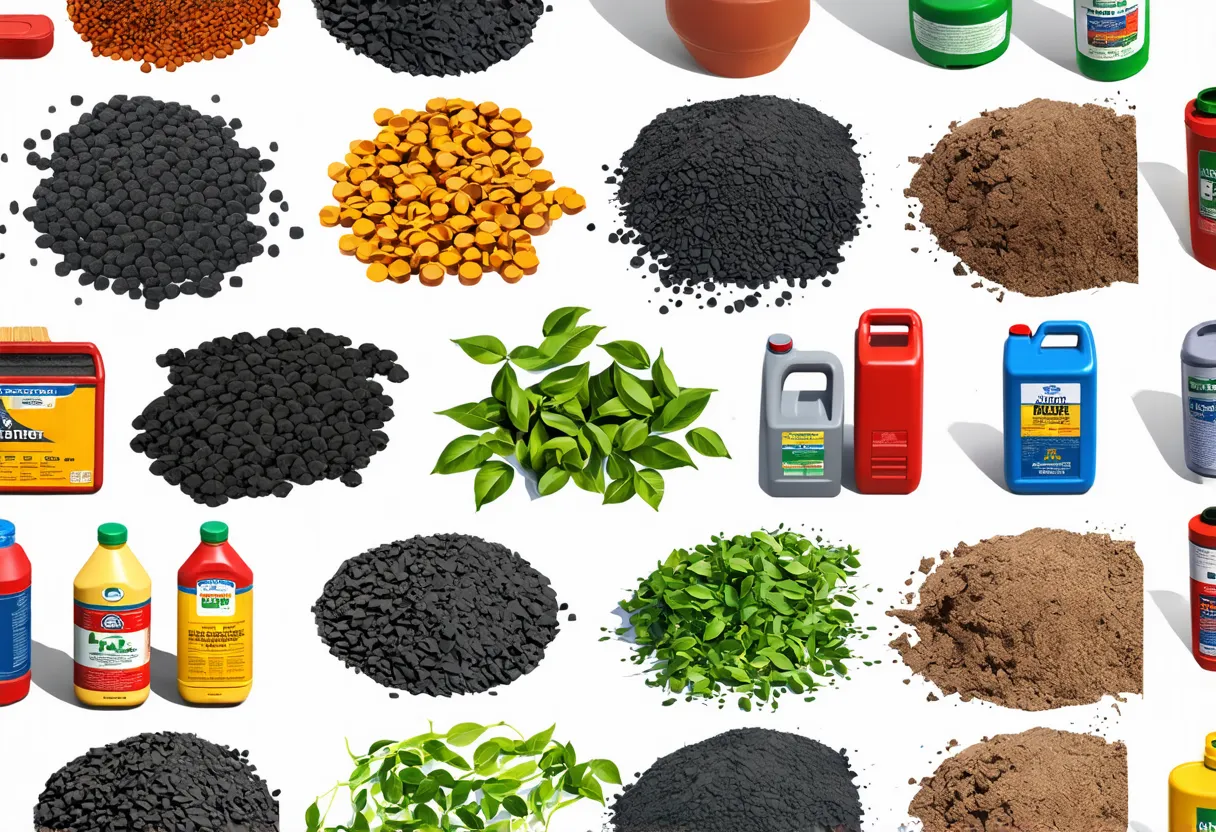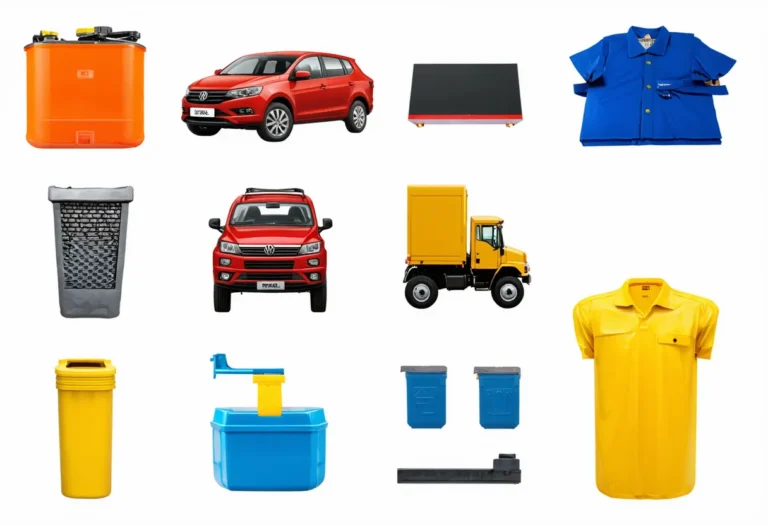Russia, officially known as the Russian Federation, is the world’s largest country by land area. With a population of 144,236,933, it ranks 9th globally, just behind Bangladesh. Russia spans 17,098,250 square kilometers, making it the largest country in the world by land area, ahead of Canada.
The Russian Federation, with a GDP of $2,240,422,427,458.58 in 2022, holds the 8th rank globally. It follows France, which has a GDP of $2,779,092,236,505.85. In terms of GDP per capita, Russia ranks 62nd with $15,270.71. It is behind Chile, which has a GDP per capita of $15,355.48.
Despite its significant GDP, Russia faces challenges in diversifying its economy and reducing its dependence on oil and gas exports. The country’s economic position is influenced by factors such as geopolitical tensions, economic sanctions, and internal reforms.
What are the economic activities of Russia?
- Primary activities: 4.7% of GDP.
- Secondary activities: 32.4% of GDP.
- Tertiary activities: 62.3% of GDP.

Primary Sector of Russia
Russia’s primary sector, particularly its agricultural activities, is influenced by its diverse climate and abundant natural resources. With 13.16% of its land dedicated to agriculture, the country produces a variety of crops and animal products, including wheat, sugar beets, milk, barley, potatoes, sunflower seeds, maize, soybeans, chicken, and pork.
Despite agriculture contributing 4.7% to the GDP, it plays a crucial role in the economy by providing a wide range of products. The top ten agricultural products based on tonnage highlight the significance of agriculture in Russia, showcasing the importance of both crop cultivation and animal husbandry in the country’s agricultural sector.
The country boasts a diverse geological landscape, offering a wide range of natural resources like oil, natural gas, coal, bauxite, rare earth elements, and timber. However, the challenging climate, terrain, and vast distances pose significant obstacles to resource exploitation, impacting the economy.
Russia’s oil production, ranking 2nd globally, reaches around 10.1 million barrels per day, with reserves of 80 billion barrels, accounting for 4.81% of the world’s oil reserves.
Russia’s gas production plays a crucial role in the economy, with 701.7 billion m³ produced in 2020, ranking 2nd globally.
Secondary Sector of Russia
What is the secondary sector or what are secondary activities?
The secondary sector encompasses industries that transform raw materials from primary activities into finished products for consumption. In Russia, main industrial products include transmitting equipment, medical and scientific instruments, consumer durables, textiles, foodstuffs, and handicrafts.
In 2023, Russia’s manufacturing exports accounted for a small percentage of the country’s total exports, indicating their relatively minor importance in driving the economy.
Tertiary sector of Russia
What is the tertiary sector or what are tertiary activities?
The tertiary sector in Russia encompasses various services that focus on enhancing productivity and meeting needs through knowledge and expertise. Key activities include healthcare, education, banking, communication, media production, tourism, transportation, and security services. These sectors play a crucial role in driving the country’s economy and ensuring the well-being of its population.
Highlighting these, Russia’s economy greatly benefits from tourism, contributing significantly to its GDP. With 24.4 million annual arrivals, Russia attracts visitors worldwide. Moscow’s Red Square and St. Petersburg’s Hermitage Museum are among the most popular destinations, showcasing Russia’s rich history and cultural heritage. Tourism plays a vital role, with 0.1693 annual arrivals per capita.
Another example of tertiary economic activity is the mobile cellular sector, with over 245 million subscriptions, fostering technological growth. This extensive connectivity enhances digital services and innovation across industries.
Military Activities and Economic Sectors of Russia
The military is a strong example of different economic activities working together. In the primary sector, resources are extracted for military use, like metals for weapons. The secondary sector focuses on manufacturing military equipment, such as tanks and aircraft. The tertiary sector includes services provided by the military, like logistics and training. The quaternary sector involves research and development for new technologies, while the quinary sector deals with high-level military strategy and decision-making.
In 2023, Russia’s military expenditure was about 109,454.4 million US dollars, which is 4.05% of its GDP. The active military force consists of 1,100,000 personnel. This means there are about 22.3 active military members for every 1,000 people in the country.
Biggest company in Russia
Which is the biggest company in Russia? The largest company is OMV Petrom, with a market value of $5.66 billion. It operates in the energy industry, focusing on oil and gas production. OMV Petrom was founded in 1997 and plays a vital role in the country’s economy.
International Trade of Russia
Import Activities of Russia

Russia’s import activities are of high importance, with total imports in 2023 reaching $34.92 billion, accounting for 15.59% of the country’s GDP.
Russia’s import activities are significant, with China being the largest partner at 39%. Other key partners include Germany, Turkey, Kazakhstan, and South Korea. Import commodities include packaged medicine, broadcasting equipment, cars, garments, and plastic products.
Exports Activities of Russia

In 2023, Russia’s total exports amounted to 631.55 billion USD, accounting for 28.19% of its GDP. This signifies a medium level of importance, indicating a significant contribution to the country’s economy.
Russia’s export activities are significant, with China being the largest partner at 21%, followed by India at 8%, Germany at 6%, Turkey at 5%, and Italy at 5%. The country mainly exports crude petroleum, natural gas, refined petroleum, coal, and fertilizers.
Russia economy challenges in 2024
Russia, a natural resource-rich Eurasian economy, faces challenges in 2024. Endemic corruption, the Ukrainian invasion, and lack of green infrastructure limit investment. Sanctions due to decreased oil export reliance add to the struggle.


Leave a Reply